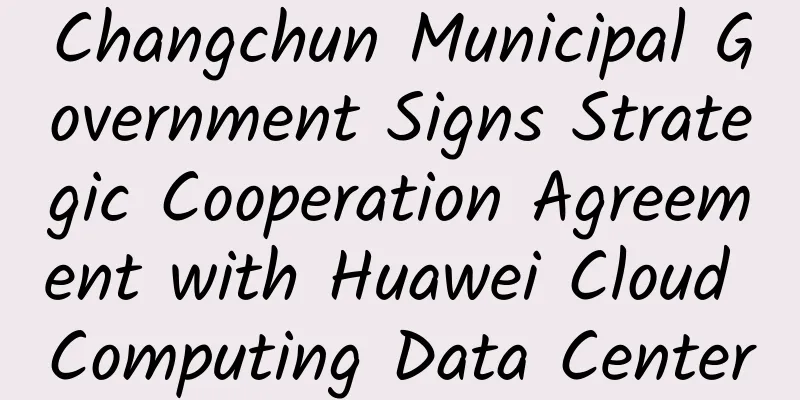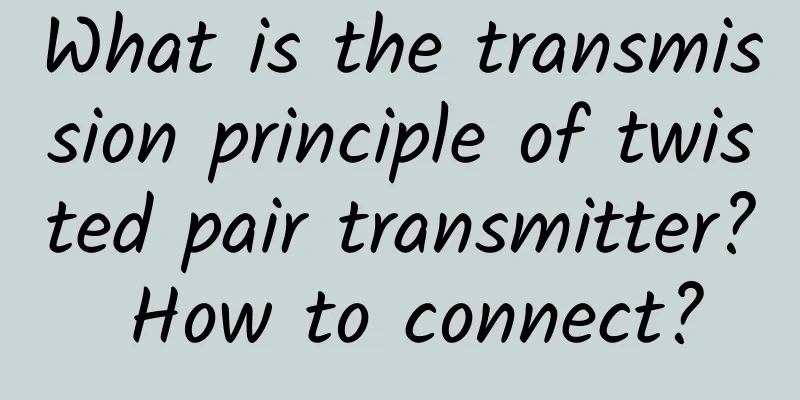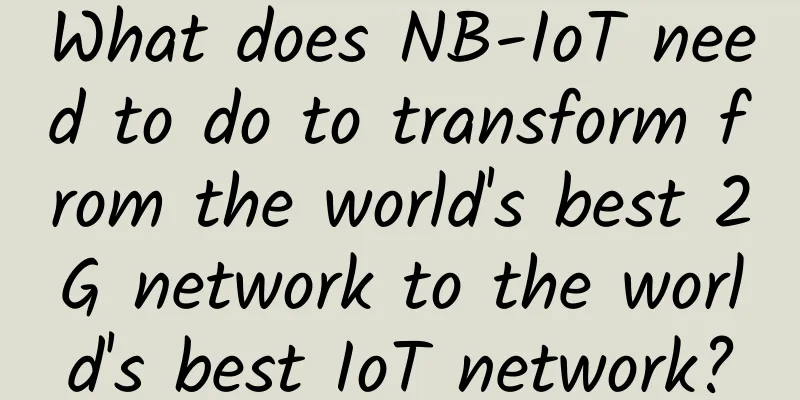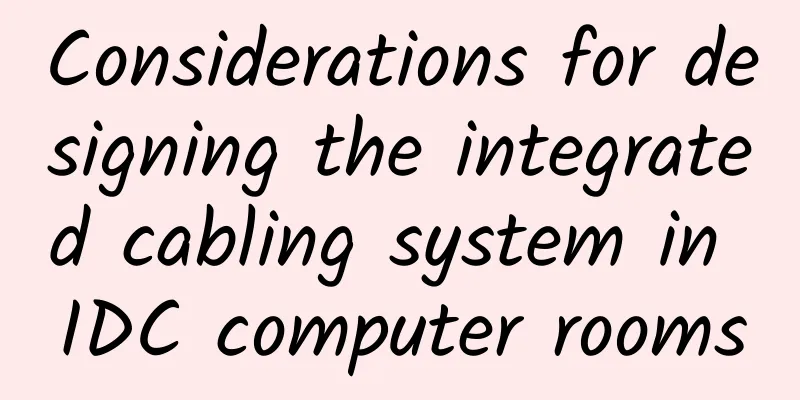Analyst: Open source is more likely to solve problems in the telecommunications industry
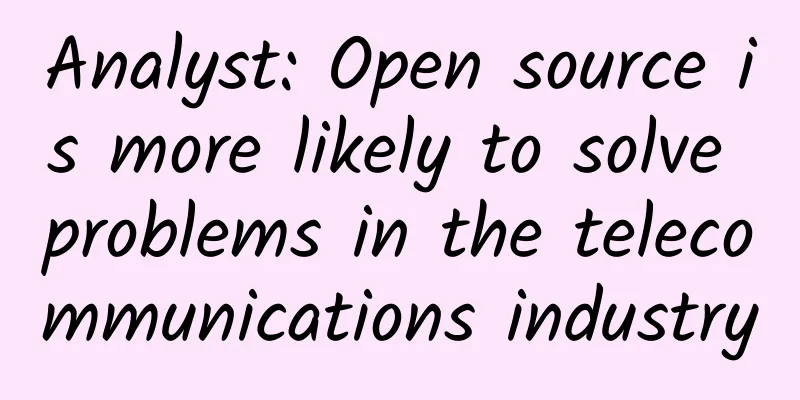
|
A senior consultant in the telecommunications industry once said that judging from the progress of 5G standards, the traditional standard-setting process is still a representative of the industry's backward productivity, and its slow advancement speed has not played any positive role in the development of the entire industry. Tom Nolle, president of CIMI, believes that the open source code process can solve problems better than the traditional process. He said: "The standardization process of 5G and the application process that SDN and NFV have gone through, we can see that the industry has to find new ways to deal with new technologies. Compared with standardization work, the open source approach has more advantages." Due to antitrust laws in the United States and Europe, developing telecommunications specifications requires an open consensus-based process, but in standards organizations, these processes have long been dominated by vendors, who are interested in recent products and profits and can obstruct standardization. Over the past few decades, there have been countless examples of standards organizations being bogged down by vendors pursuing their own interests, such as IMS, AIN, and even ISDN. Tom Nolle said: "The advantage of open source is that manufacturers are not very interested in adopting open source software because they cannot directly benefit from it. Therefore, the development of the open source field is often not as easily hindered by manufacturers as standard organizations. One of the driving factors for the continuous development of open source code is to reduce the obstacles of manufacturers." Tom Nolle believes that the potential for open source programs lies in handling software-driven functions, and in his opinion the success of any given open source project will be based on having the right software architecture. He said: "In general, the people involved in these open source projects are not software architects, so we don't necessarily have to start open source projects in the right way." Tom Nolle believes that the most successful example of an open source project is the Open Network Automation Platform (ONAP). He believes that ONAP is the best hope for the success of software-driven networks in the communications field, which is a conclusion drawn based on AT&T's four years of work. He said: "The biggest reason why ONAP has such a clear advantage is that AT&T completed the relevant work of ONAP internally and then opened the source code. If AT&T had directly handed the concept of ONAP to the open source community four years ago, we might still see discussions around the scope of ONAP today, which is far from the level of development of ONAP today." In fact, the industry needs to reach a consensus that in today's world, assuming that the software architecture is correct, open source software is easier to implement than traditional SDO, and the open source approach may be the best way to solve the problems facing the industry. He pointed out: "If you look at NFV, for example, the real problem is no longer NFV, it's service lifecycle automation, cloud hosting, data center operations, big data, FCAPS, OSS/BSS, there are so many things that vendors cannot implement all of them, but the business case for software-defined next-generation networks requires this breadth, otherwise it will not be deployed." Open source brings huge advantages because you can't have dozens of different vendors working together to accomplish a task or goal, even if their software architecture is correct. ONAP succeeds because it is so big that few vendors can achieve it alone. The issue of open source is still causing widespread debate in the industry. Whether open source can accelerate innovation and consensus is an interesting question that will surface in the coming year. |
<<: 802.11ax emerges, what does it bring to wireless?
>>: Top 10 predictions for the IoT industry in 2018
Recommend
BuyVM restock, 1Gbps unlimited traffic in Las Vegas/New York/Miami/Luxembourg and other data centers starting from $3.5/month
BuyVM has currently restocked a large number of V...
The role of 5G in education: enabling distance learning and virtual labs
In an era of rapid technological change, 5G is mo...
China's operators' semi-annual report: 5G package users close to 500 million
On August 19, China Unicom announced its first-ha...
VMISS 30% off: Los Angeles/Japan/Hong Kong VPS monthly payment starts from 3.5 Canadian dollars (≈ RMB 18 yuan)
VMISS is a new merchant founded in Canada. It cur...
Internet of Things in 2018: Application scope is getting wider and wider, and NB-IoT will take the lead
Currently, 5G and the Internet of Things have bec...
This is probably the most comprehensive article on ICMP.
For the ICMP protocol, you may want to know the f...
F5 Distributed Cloud WAAP helps enterprises effectively defend against robot attacks with leading security protection capabilities
Today's applications have become an important...
Private 5G and edge computing: a perfect match for manufacturing
Private 5G is the next evolution of networks for ...
10gbiz: Hong Kong CN2 GIA line VPS monthly payment starts from $2.75, Los Angeles CN2 GIA line VPS monthly payment starts from $2.36
10gbiz has released a new discount plan, offering...
ExtraVM: Los Angeles 10Gbps bandwidth AMD Ryzen series high-defense VPS starting at $3.5 per month
It has been nearly three years since the last tim...
What harm will smog invading the computer room cause? How to protect against it
I believe that everyone is familiar with the conc...
The 5G commercial license has just been officially issued! Here are ten issues that you should pay attention to
On the morning of June 6, the Ministry of Industr...
Extend PoE Distance: Unlock the Maximum Range of Power over Ethernet
Power over Ethernet (PoE) has revolutionized the ...
HTTP connection management diagram
The HTTP protocol is very important to us program...
Detailed Explanation of IPv6 MSTP
Background of MSTP RSTP is an improvement on STP,...

